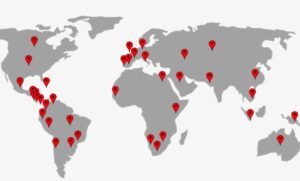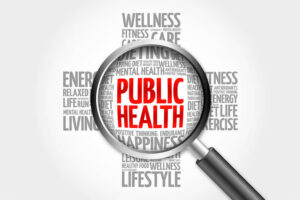CPAP (Continuous Positive Pressure) is the treatment of choice in SAHS. Discontinuation or insufficient use may lead to a relapse of symptoms and a return of cardiovascular risks to unacceptable levels. It is estimated that between 30 and 60% of patients are non-adherent to CPAP treatment when evaluated one year after the indication of therapy. Although there are no data to accurately define the amount of sleep needed for each individual, CPAP treatment has been shown to be effective for those who stay longer than 3-4 hours/night for at least 70% of nights. In the Sleep Cohort of Vitoria, with 4274 patients treated with CPAP, the number of non-compliants is about 15%.
There are multiple possibilities for improving CPAP patient compliance, but they are humanly expensive and difficult to reproduce. New information technologies, such as telemonitoring, are now available that send data to a platform to alert the alarm signs and symptoms (leaks, airflow, pressure, IAH and leakage) and to promote the exchange of information, which means better management of resources and having real data on the situation on a day-to-day basis.
OBJECTIVE: To evaluate the effectiveness of an adherence program by introducing CPAP telemonitoring equipment.
METHODOLOGY: Prospective analysis of 174 patients of the CPAP Botoom-UP project (June-December2016) under treatment with CPAP, monitored in the Sleep Unit of the OSI- Araba HU Hospital for more than 6 months and who presented a compliance measured by objective hour counter of 1 to 3 hours. After being checked in person at the doctor’s office (Time T0) and acting on the possible causes that represent a cause of low compliance, the telemonitoring device (modemT4P SRETT via GPRS or ResMedAirSense10AutoSetAPAP or Philips Respironics DreamStation) was installed for four weeks (T1). This time was recorded online daily leakage, pressure, apnea-hyponea index (AHI), and time compliance. Compliance results were analyzed at 4 weeks of treatment (T1), deciding:
1. -Excellent
2. -Withdraw CPAP
3. -Search for alternatives to treatment.
Compliance was reassessed at 3 months (T2) and 6 months (T3).
RESULTS: At 4 weeks (T1) CPAP use improved from 2. 0±0. 7 to 5. 8±1. 6h, going from 0% to 92. 2% of compliers (p<0. 001) (n= 161). No significant differences were found (p=0. 723) between the equipment used for monitoring (modemT4P-91. 3%) and ResMed AirSense10 (94. 6%). At 3 months (T2) we have data from 131 patients, and 87. 8% of them (n= 115) maintain adherence to treatment (5. 3±1. 7h, p<0. 001 ). 6 months later, 81% of patients who have completed the study use CPAP 5. 0±2. 1h (p<0. 001). words. No references allowed. Abstracts may be submitted at a later date.



